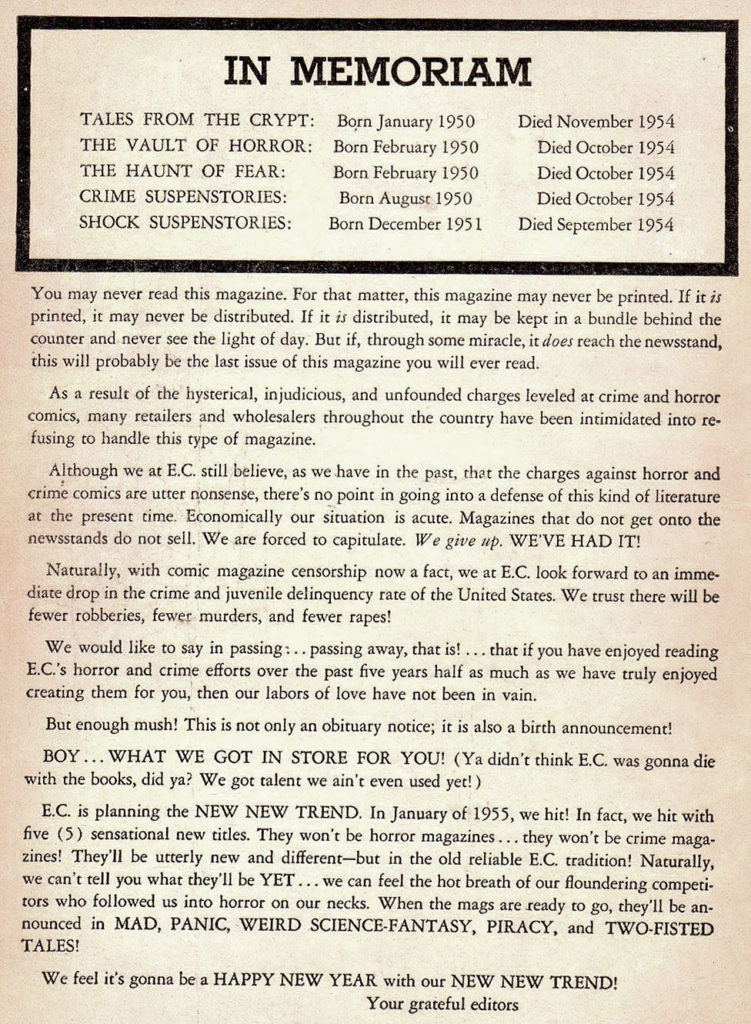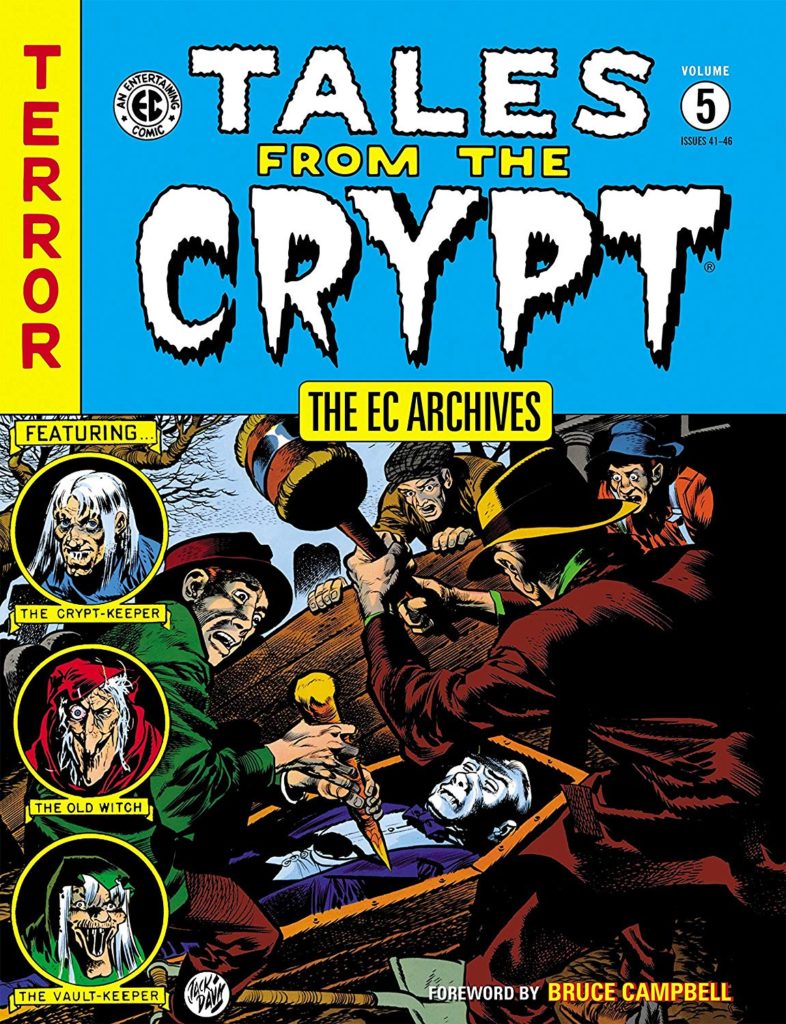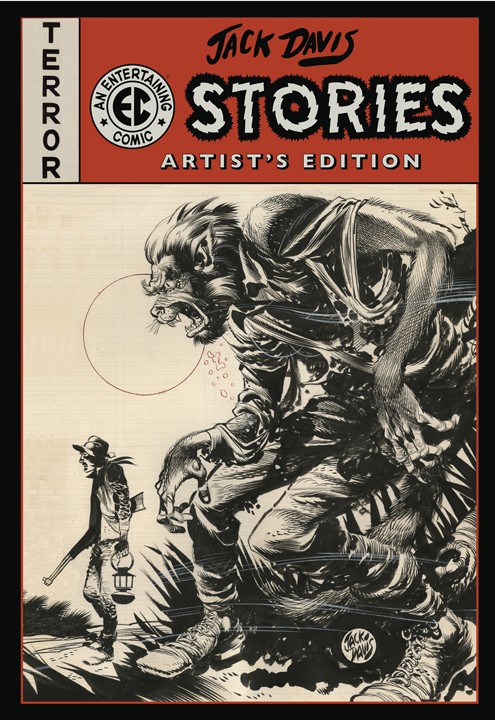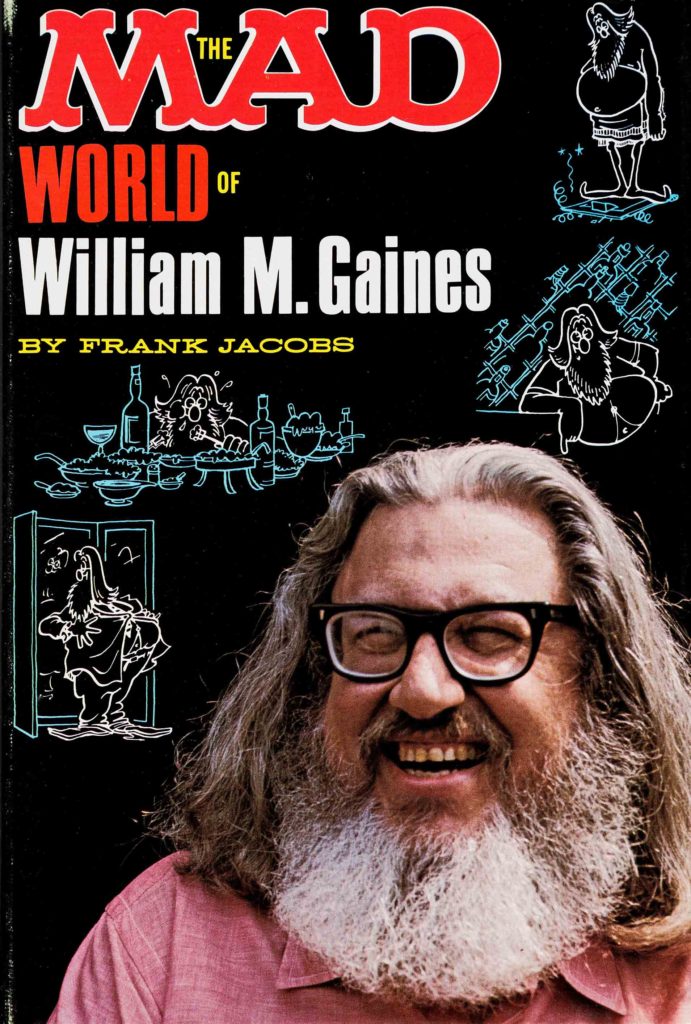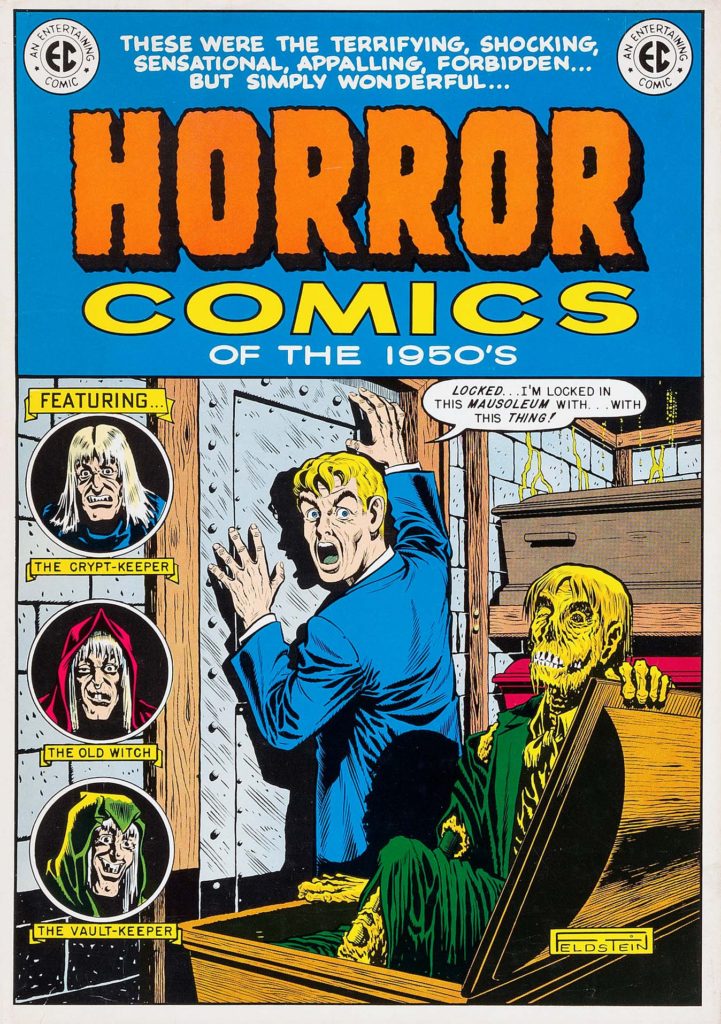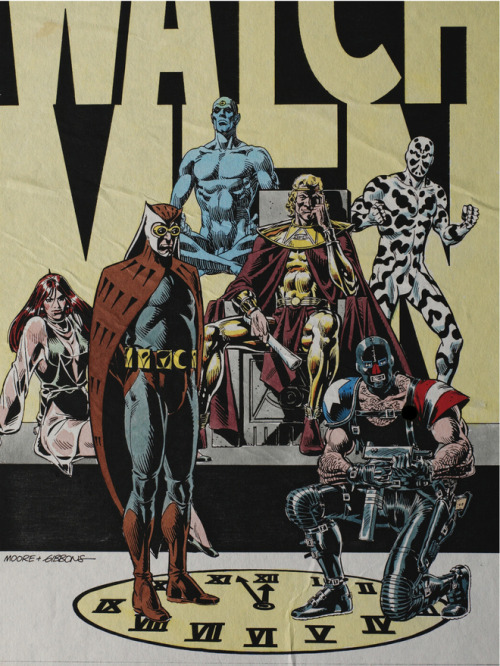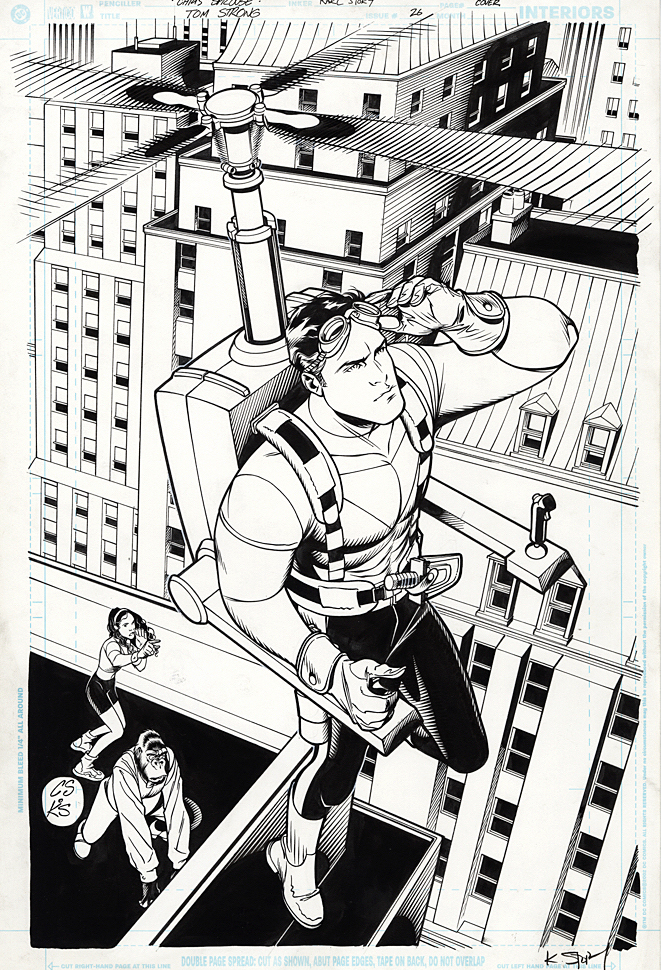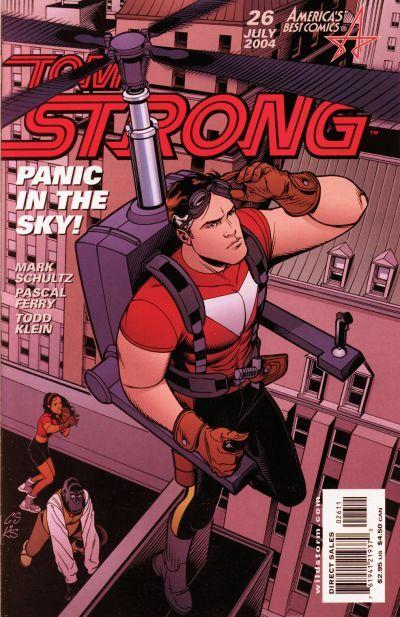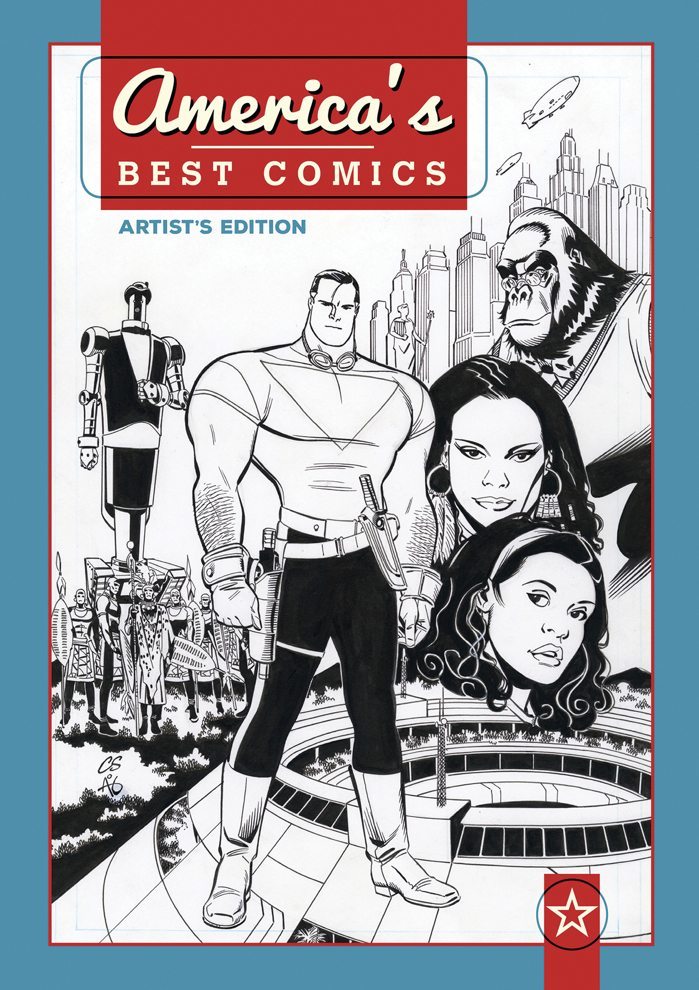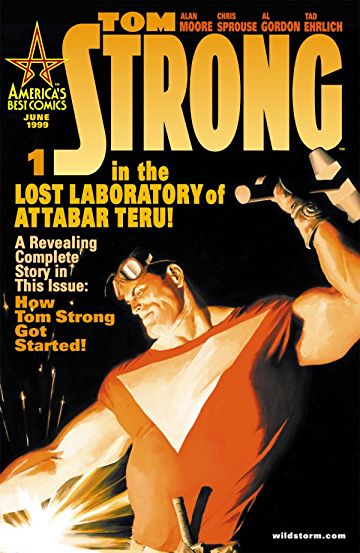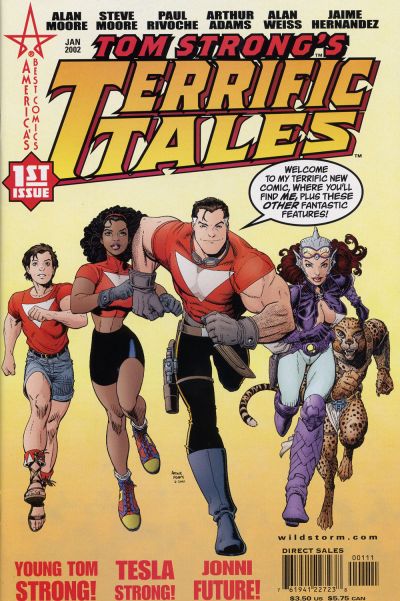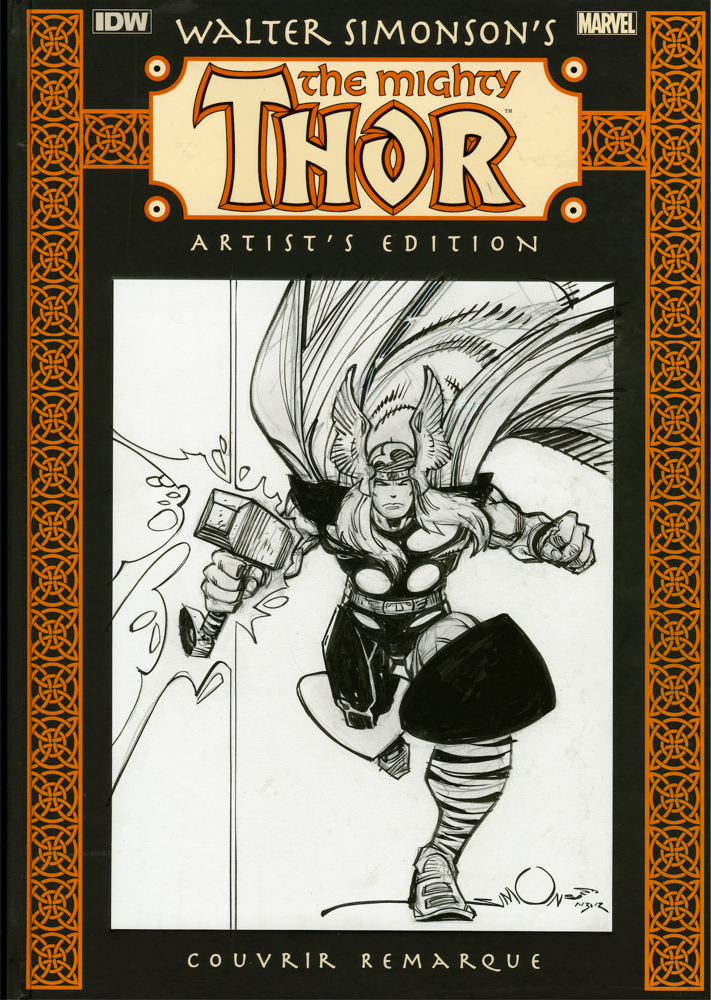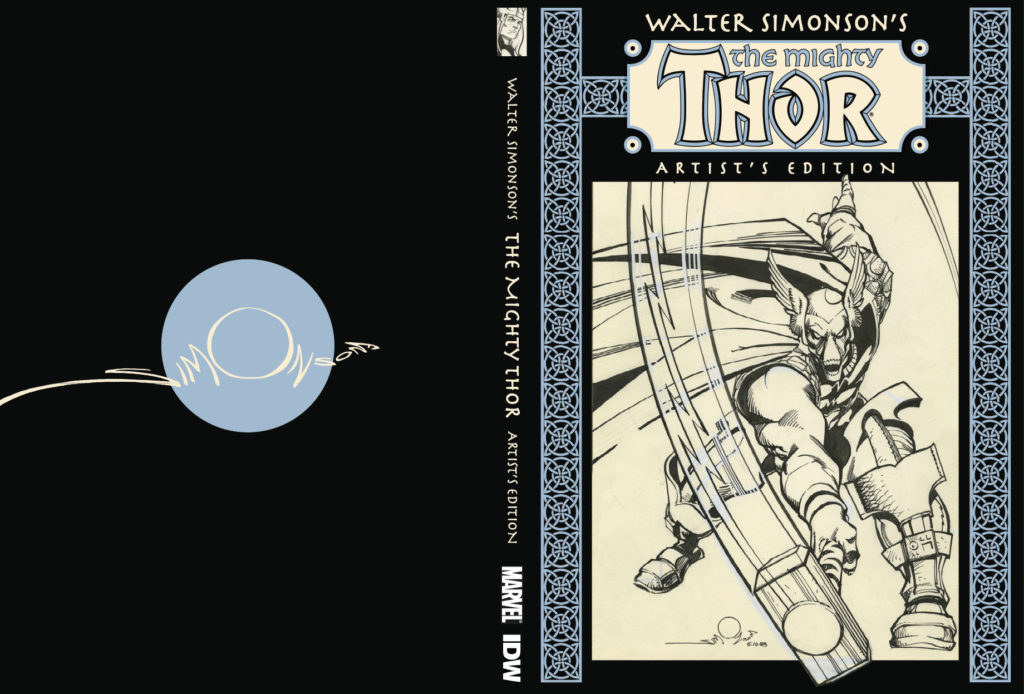Jack Davis — Wolfman Jack
Tales From The Crypt #46, March 1955
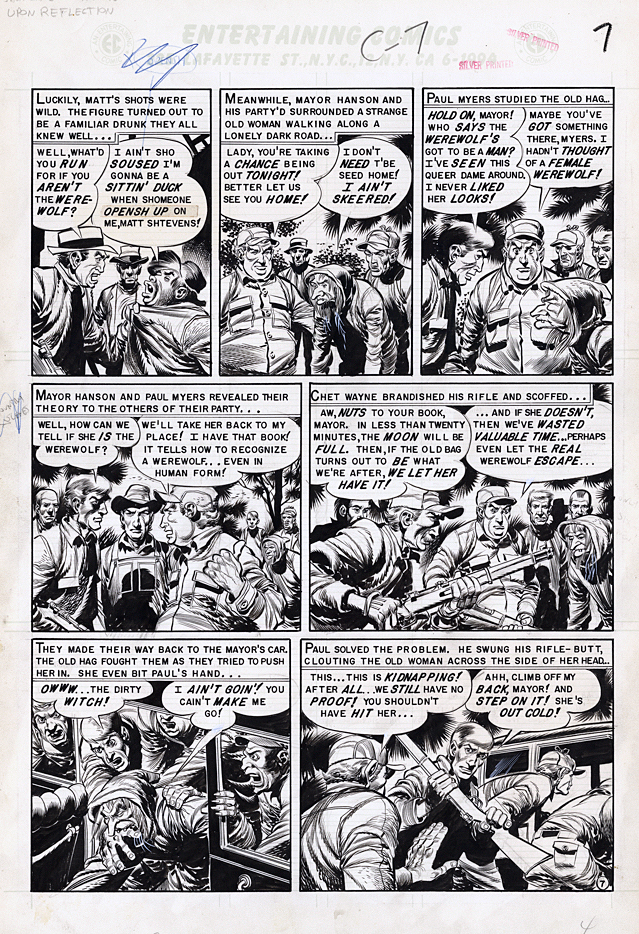
2020 is the 60th anniversary of the legendary EC “New Trend” comics. William Gaines and his masterful crew published some of the most enduring comics and stories in the medium’s history, raising the bar in all categories — humor, science fiction, war, crime, and of course, legendarily, horror.
To celebrate this anniversary, we take a look at one of EC’s greats — Jack Davis.
This Davis page is from Jack’s last horror story, “Upon Reflection,” from Tales From The Crypt #46, the final issue. Gaines, under censorship pressure — and unable to ensure distribution — raised the white flag and cancelled his horror and crime titles.
Davis telltale style drips all over this page. The old crone, the angry mob, and the tense claustrophobia in each panel spell out impending doom… for someone. (If we know the EC M.O., it will be a twist.)
The cover from this werewolf story has become one of the most iconic in horror comics history.
By 1955, Davis had easily become one of the most important artists in the EC “bullpen.” He was unfailingly reliable, tremendously gifted, and ridiculously prolific. Under the gun, he could pencil and ink three pages in day, without taking quality shortcuts.
Gaines, Davis, and nearly all of the rest of the EC mainstays reunited at the 1972 EC fan convention, organized by fans Bruce Hershenson and Ron Barlow. At various panels throughout the event, they reminisced about EC’s halcyon days, and the two spoke about Jack’s association with horror stories:
JACK DAVIS: I enjoyed doing the horror bit and they liked it, and so I kept at it. But when I looked back on it after things began to get very ticklish with the Code and everything, I began to ask – am I doing something constructive or good. I still, I don’t know, I don’t think it’s really that bad.
WILLIAM GAINES: You have to understand Jack comes from another era, and another kind of background. Jack was, and still is, a very moral, religious person. He came up here from Georgia… [laughter]…I’m serious now…and Jack did this stuff because it was his job as an artist. Jack has always had some misgivings about it, and I respect his misgivings. Jack has been more comfortable with other types of material than horror. But the fact that he’s a real pro is evident from the fact that although he wasn’t 100% comfortable with it, you see the job he did.
